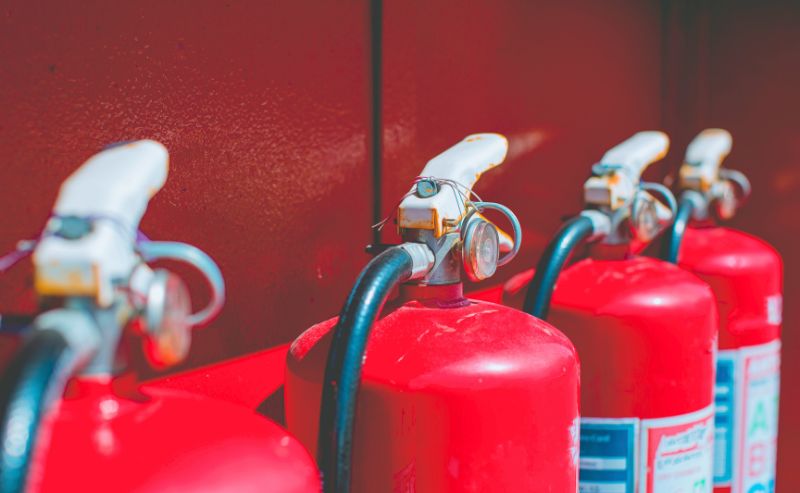If you’re involved in emergency management, you know first-hand how challenging it can be for your state, local, tribal, or territorial government (SLTT) to prepare for and respond to natural disasters and other crises — much less recover from them. Assistance from others, particularly those from the private sector, can prove invaluable to resilience. Accordingly, FEMA, along with BOLDplanning, a division of Agility, considers the private sector, including nonprofits, a critical part of any jurisdiction and strongly encourages the development of private-public partnerships (P3s).
P3s are cooperative arrangements between two or more entities of private industry and public sector organizations for their mutual benefit, i.e., designed to help ensure communities’ life safety, economic security, and resilience. They commonly fill critical gaps in preparedness and provide a number of key benefits. Among them, and as identified by FEMA, P3s:
- Connect people, businesses, organizations, and government to build relationships and collaboration.
- Offer an ideal forum to assess risks and vulnerabilities, develop stabilization targets for its jurisdiction, and contribute to efforts that keep community lifelines and supply chains operational.
- Facilitate integrated joint planning, recognize interdependencies among potential impacts, identify and resolve potential conflicts, and develop or validate planning assumptions.
- Provide a consistent integration point for private, non-governmental, and public sector coordination for sustained resilience, response, and recovery activities.
- Connect emergency management and economic development interests in a community.
While members of P3s often share information through the human and technical systems of a partnership network, community resilience hub, or business emergency operations center, they sometimes struggle.
To help P3s with their information-sharing capability, FEMA has released a new online resource entitled “Information Sharing Guide for Private-Public Partnerships.” It builds upon the concepts introduced in the Building Private-Public Partnerships Guide (July 2021), which introduced the importance of robust information-sharing capabilities to improve whole community resilience. As such, the new guide offers P3s additional recommendations and a variety of tools to:
- Improve the ability to exchange intelligence, information, data, and knowledge.
- Improve the capability to manage and share information needed for:
- Joint resilience, response and recovery planning, and strategy development, and
- Coordination of response and recovery operations.
- Support joint messaging.
Information is an indispensable asset to any organization, public or private. So, too, is the ability to share it in a timely and effective manner. This is especially true as it relates to the emergency preparedness, response, recovery, and resilience efforts of today’s P3s.
Consider the following FEMA-provided examples of relevant stakeholder groups where P3 information exchange occurs:
Information-Sharing Partners: The Maryland Department of Emergency Management (MDEM) is a government-led P3 model. MDEM incorporates private sector partners into the emergency management framework, including during emergency operations center (EOC) activations when event information is shared via the Maryland Virtual Business Operations Center and the Business Operations Center.
Business Emergency Operations Center (BEOC): The Ohio Department of Public Safety established its BEOC to increase information sharing with the private sector. The goals are to improve visibility for the community lifelines and provide the information the state needs for a focused response. The BEOC also supports the private sector with information appropriate for business operations and continuity decisions.
Community Resilience Hubs: Resilience hubs are facilities designed to distribute resources, coordinate information sharing, and provide opportunities to increase interconnectedness and resilience within communities not only pre-disaster but also during response and recovery. Community-serving non-governmental organizations (NGOs) often serve as hubs and typically consist of a network of professionals.
At BOLDplanning, we recognize the hard work and dedication that goes into forming (and maintaining) a quality P3 for emergency management. We also understand the complexities of emergency, continuity, and hazard mitigation planning and how private-public partnerships can sometimes complicate but also improve resilience. If your private sector organization is involved in a P3, keep up the great work; if not, consider establishing one.
Learn more by downloading FEMA’s original Building Private-Public Partnerships Guide (July 2021) at https://www.fema.gov/sites/default/files/documents/fema_building-private-public-partnerships.pdf or the agency’s subsequent Information Sharing Guide for Private-Public Partnerships at https://www.fema.gov/sites/default/files/documents/fema_information-sharing_guide.pdf.






